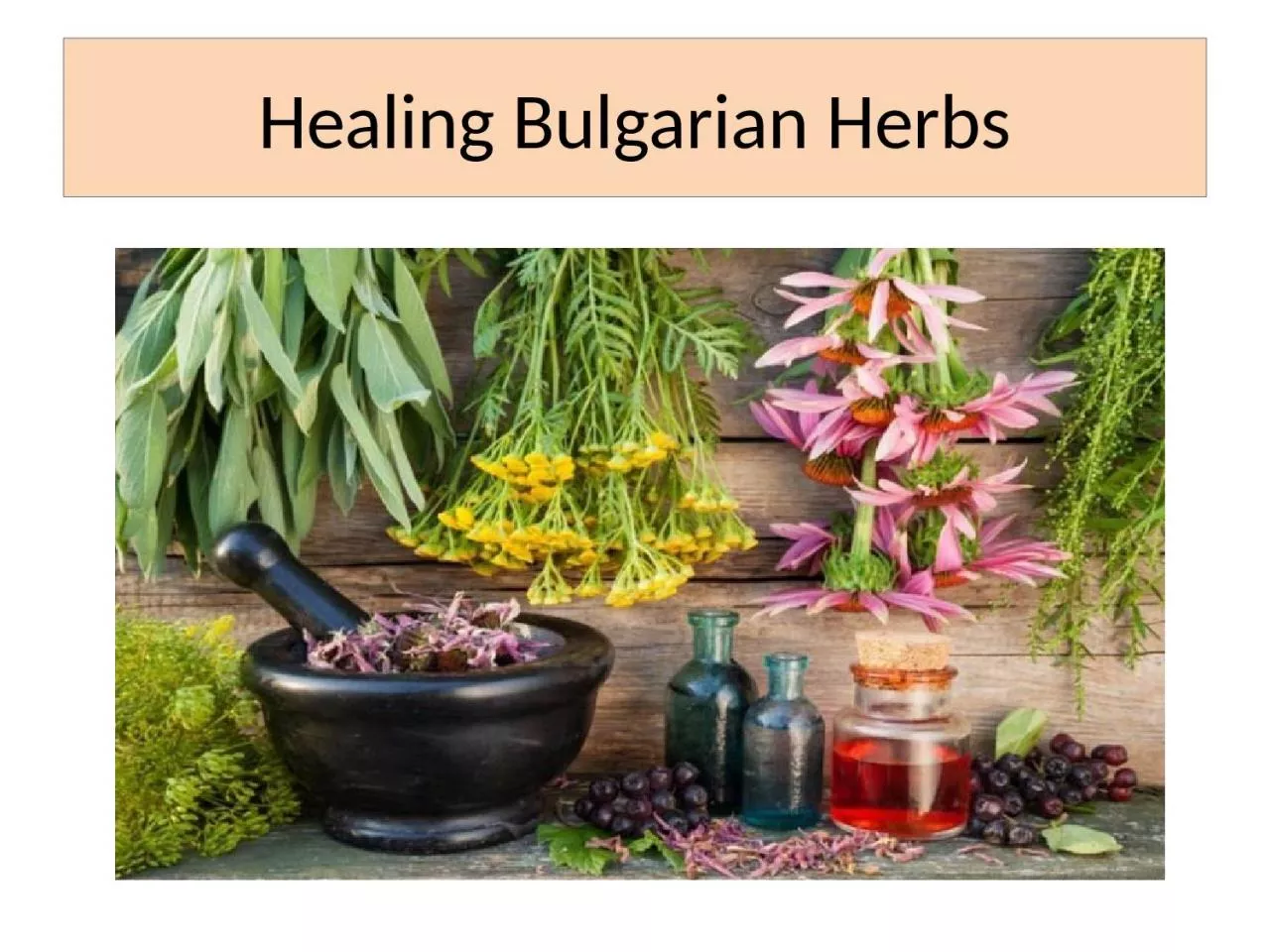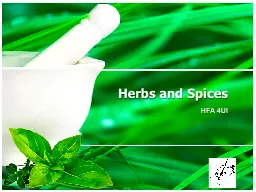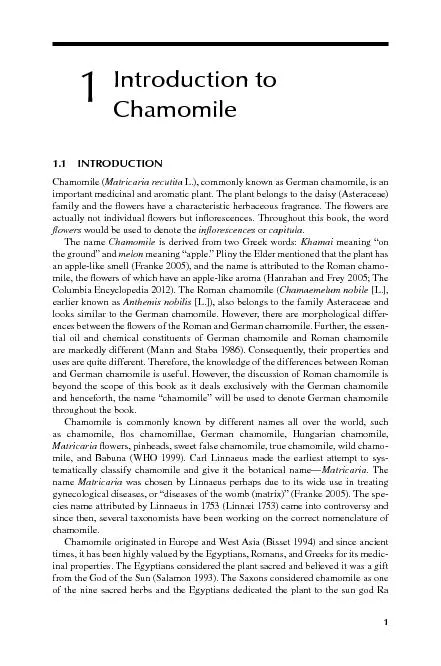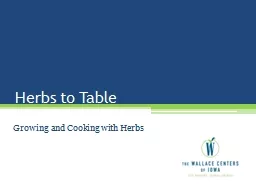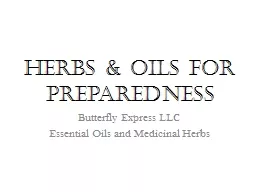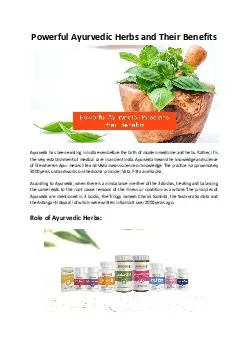PPT-Healing Bulgarian Herbs Chamomile
Author : catherine | Published Date : 2024-01-29
Chamomile latin name Matricaria is a oneyearold herbaceous plant It is up to 50 cm high The flowers are gathered in the inflorescence basket The fruit is an
Presentation Embed Code
Download Presentation
Download Presentation The PPT/PDF document "Healing Bulgarian Herbs Chamomile" is the property of its rightful owner. Permission is granted to download and print the materials on this website for personal, non-commercial use only, and to display it on your personal computer provided you do not modify the materials and that you retain all copyright notices contained in the materials. By downloading content from our website, you accept the terms of this agreement.
Healing Bulgarian Herbs Chamomile: Transcript
Download Rules Of Document
"Healing Bulgarian Herbs Chamomile"The content belongs to its owner. You may download and print it for personal use, without modification, and keep all copyright notices. By downloading, you agree to these terms.
Related Documents

